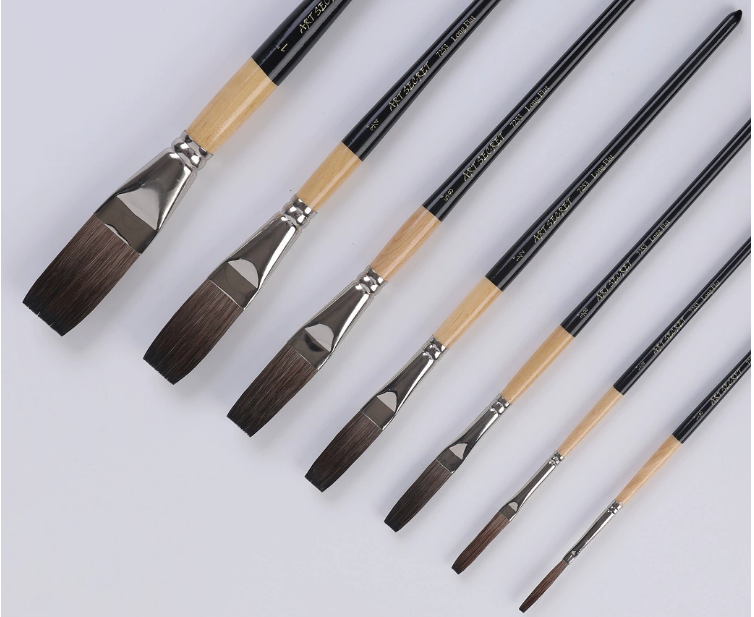There should be no multiple choice between printing standard certification and quality stability.
Art Brush is a type of painting Brush , it is widely used for Painting like Oil Painting Brush, Acrylic Painting Brush, Watercolor Painting Brush. There are art Brush for artists and students. Currently there are lots of brands in the market. It has different shapes like FLAT, Oval, Filbert, Round, Lines Brush.
SAMINA FORAM(SHENZHEN) CO.LTDwas established in 1976 and in 1991, we moved from Korea to Shenzhen, China. At that time, our company had about 200 technicians who were our most valuable assets. For us, each employee is an important part of our road to success, and their skills and experience are critical to the development of our company. Our business philosophy is to inspect all products 100%. This means that we carry out meticulous quality checks on each and every product to ensure that the quality of the product meets the needs and expectations of our customers. We are convinced that only through our unremitting efforts and strict quality standards can we gain a competitive edge in the market and win the trust of our customers.
Art Brush,Painting Brush,Art Brush Set,Artist Brush SAMINA FORAM (SHENZHEN) CO., LIMITED. , https://www.saminabrush.com
